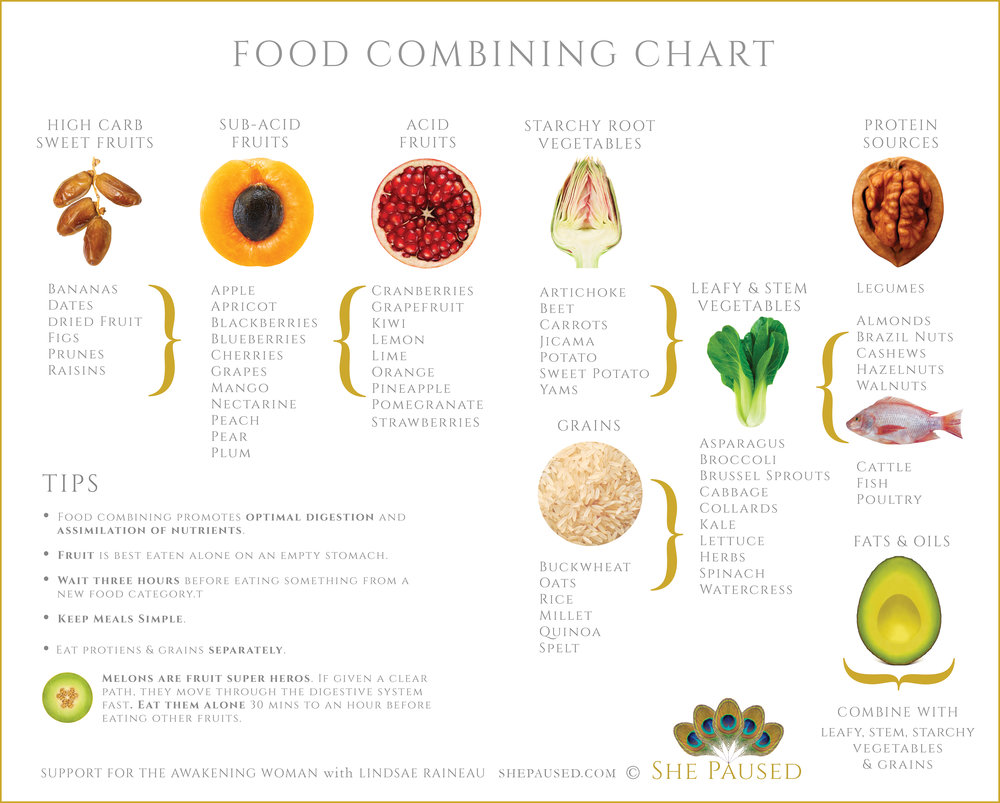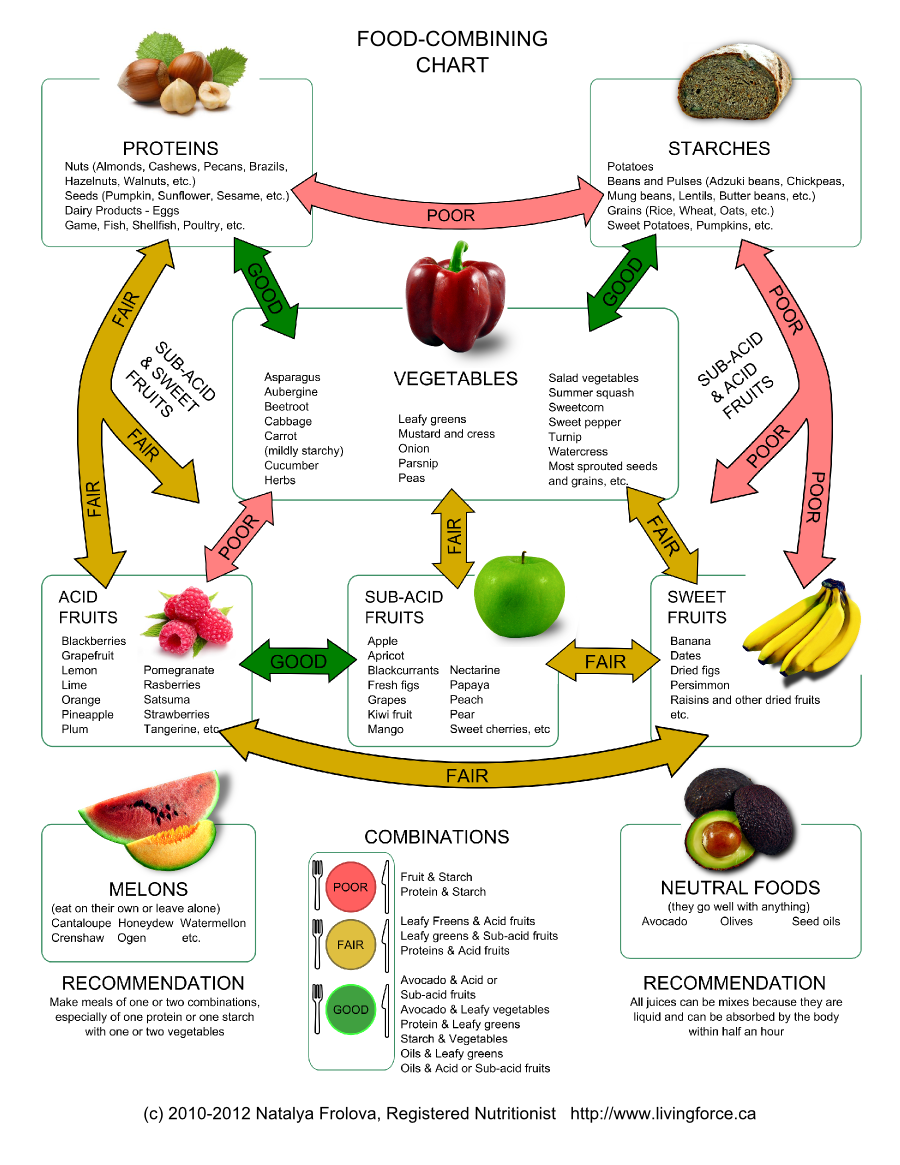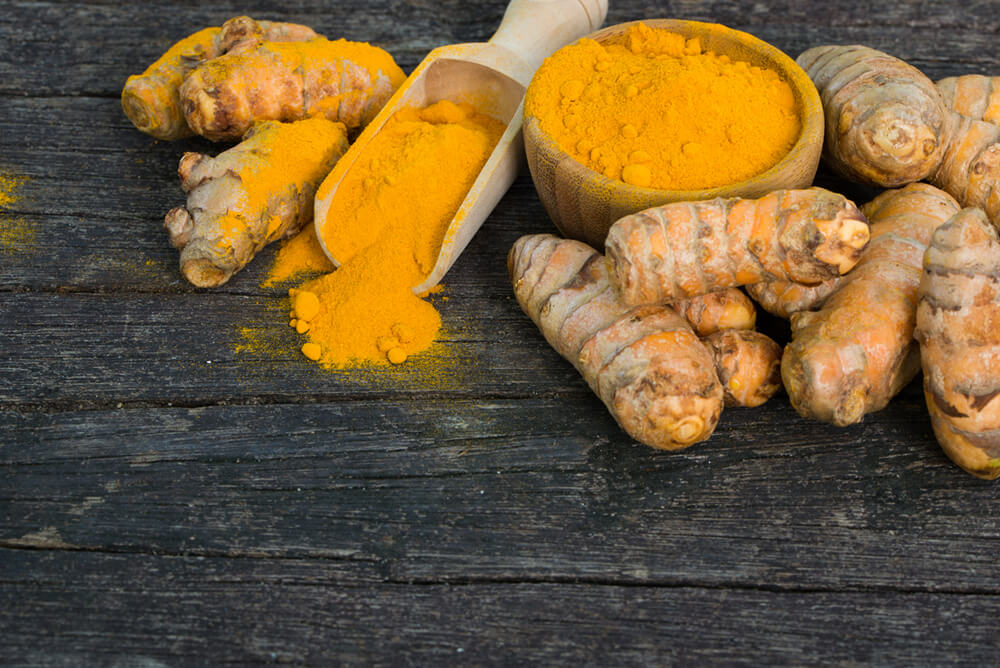What does true intimacy mean?
In June, I moved in with my boyfriend. Not just moved in; we bought a house together. He is, without a doubt, the man of my dreams. Not because he checks a list of boxes I not-so-subconsciously had in my head, but because he brings out the best in me through my own volition. I want to be the best version of myself because I want to be the best partner I can be.
The further along we get into living and planning a life together, especially in quarantine, the more it becomes clear that in order for true intimacy to exist there must be constant Self work.
For instance, I am a yoga teacher. I applied to nursing school this spring and did not get in. It stung, but I believe in things working out for the best. For the past two years, I have mentally prepared myself to take a step back from teaching and take my knowledge quest in a different direction. I studied without Vyvanse for the first time since 9th grade, made all A’s and was so proud of all the healing that has taken place in order for me to move past my college experience. However, in all my best efforts, my GPA is still not high enough to be competitive. It took a while to get over shaming myself or being hard on college Ainsley but I put in the work to move past it and move forward, or so I thought. A few weeks ago, my boyfriend and I had a conversation concerning careers and goal-setting and I found myself projecting all my deep-seeded fears onto him. I knew after our conversation what I was trying to say had nothing to do with him and everything to do with me. Essentially, my fear was to be seen as “damaged goods”– because I was not Nurse Ainsley, I wasn’t the Ainsley he signed up for.
I wonder if I would have allowed myself to dig deep and ask the question, “If I did my best and it did not work out, am I a failure?” had it not been for our conversation. Would I have held onto that guilt, lurking in the back of my mind forever because I was too scared to ask the question, “am I still worthy of love?”
It should come as no surprise that B loves me because of who I am and not because of a list of accomplishments. However, do I love myself because of who I am and not because of my accomplishments? It was incredibly cathartic to ask, albeit not in the most clear way, “am I still enough?”, and by asking him that I asked myself the same question.
In the back of my mind, I believed that if I was able to rewrite my traumatic college experiences with the effort I put in this time, success would be granted through external validation. My past would no longer haunt me because someone else said it didn’t have to. What I was missing; however, is that I already succeeded through my effort to turn over a new leaf and start fresh. Going back to school changed the narrative I told myself about my intelligence and brought me a deeper understanding of the science of Yoga. It also brought me back to Memphis to be there for my family and friends. It brought me to Battle.
So here we are. Living together and in love. Working through our sh*t. We all have trauma, narratives, and even ancestral pain to work through. So what does it mean when we so completely attach our energy with that of another? Atoms bombard against one another constantly, so it makes sense that our electromagnetic field, when interacting with another wavelength and other particles for an extended period of time, is affected.
An intimate relationship with another requires an intimate relationship with yourself. In order to allow yourself to be truly seen and free to be the tapestry that you are, you must first truly see yourself and explore each thread of that divine tapestry. We cannot expect to reach a deeper understanding in our relationship if we are not willing to reach the same depth within ourselves as an individual.
I grew up hearing that a relationship takes work, but what I am coming to understand is it takes a whole lot of self work. I find myself being more cognizant of the Self work that is ahead of me than I would alone and for that I am grateful.
I asked you all on my Instagram what intimacy with another means and got some really beautiful answers I’ll share below. I would love to hear what it means to you in the comments below, and how the journey with your self has evolved as you welcome in others to your world.
Continuing the conversation:
“I think of marriage as being this really sacred friendship- like all the parts of you that you never thought anyone would witness, now has someone who agreed wholeheartedly to witness them… and I think that always draws in greater awareness of the self, too.”
“Intimacy is humility. When you intimately know yourself, you see and accept the reality that there’s no need to try to be more or less than who you are, nor are you better or worse than anyone.”
“I thought for 30 years it was about sexual touch…but now I see it as mutual vulnerability.. I can have intimacy with a close friend. A coworker might not need to go into that realm. This new definition also has me exploring myself in a lighter view… delicate and introspective with my thoughts and movement, versus a more punishing rigor that doesn’t invite that mutual vulnerability (even form myself to myself).”
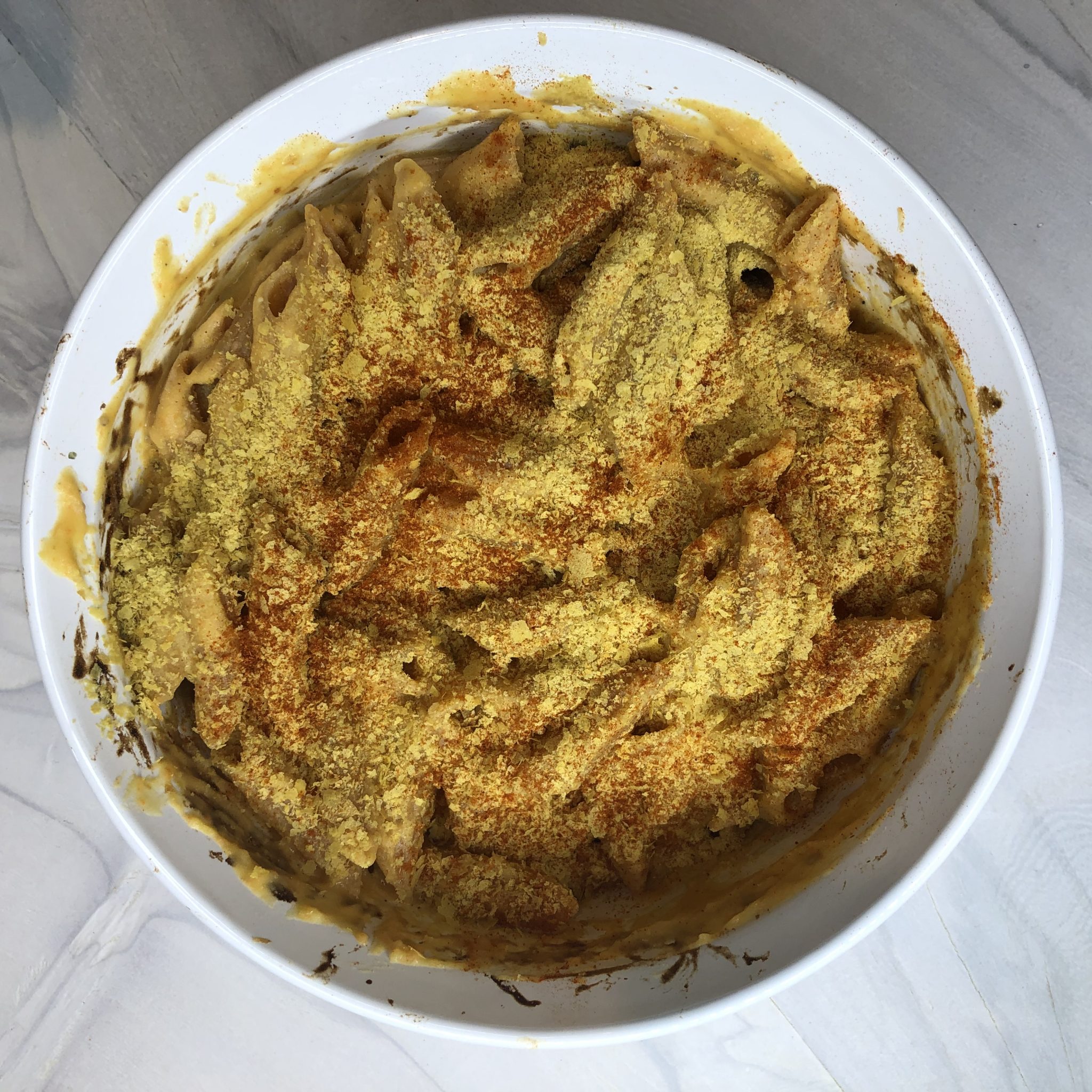



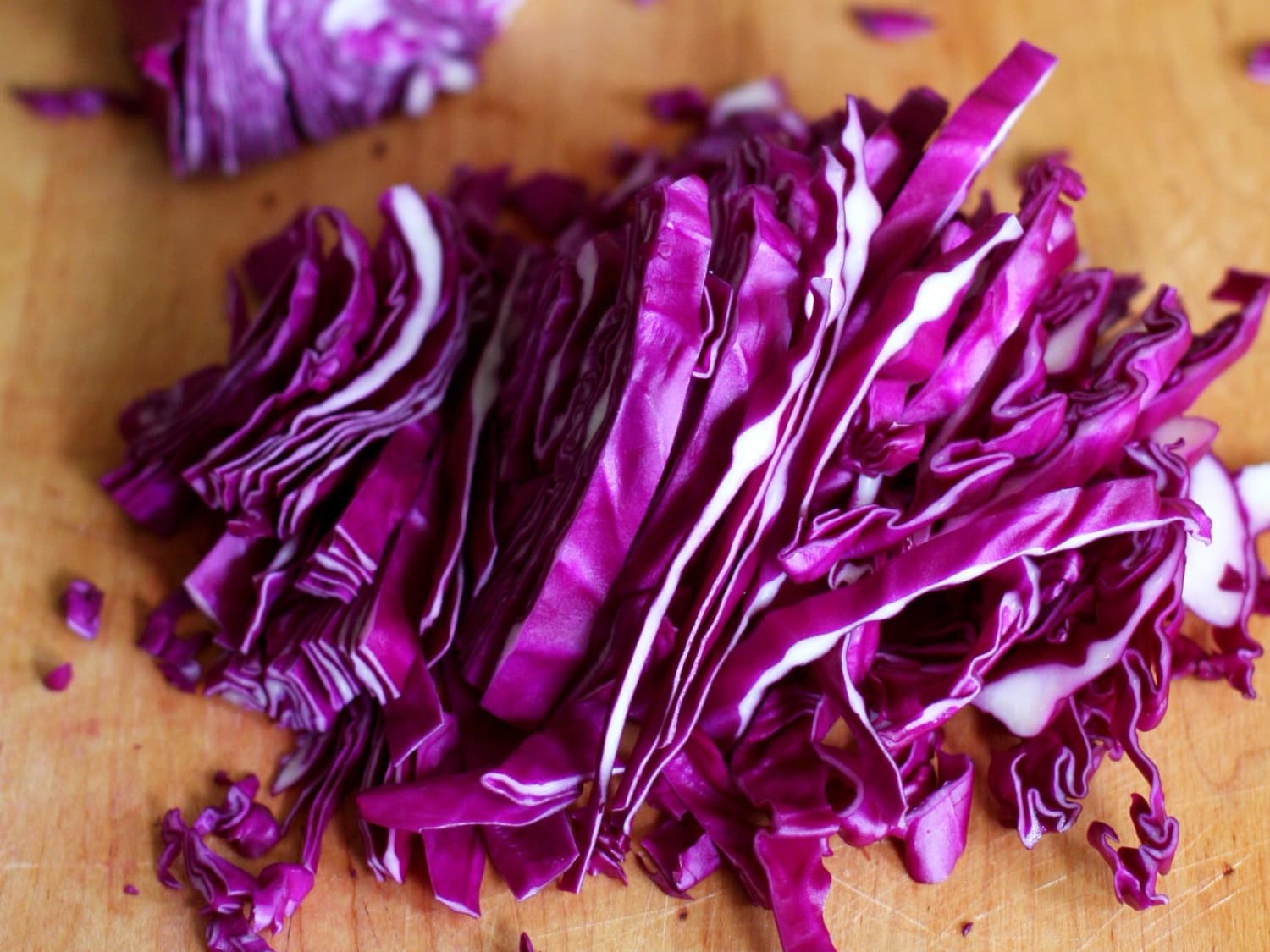 As we head into the winter months during a pandemic, it is important to make a plan to best support your immune system. As I type this, however; it is currently 80 degrees in Memphis so maybe this is my way of pushing the needle back to sweater weather. Here’s hoping, anyway.
As we head into the winter months during a pandemic, it is important to make a plan to best support your immune system. As I type this, however; it is currently 80 degrees in Memphis so maybe this is my way of pushing the needle back to sweater weather. Here’s hoping, anyway.